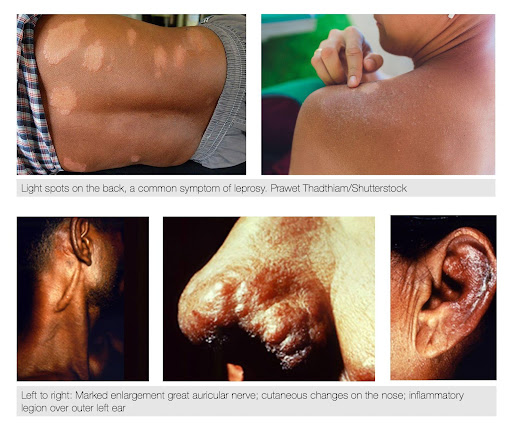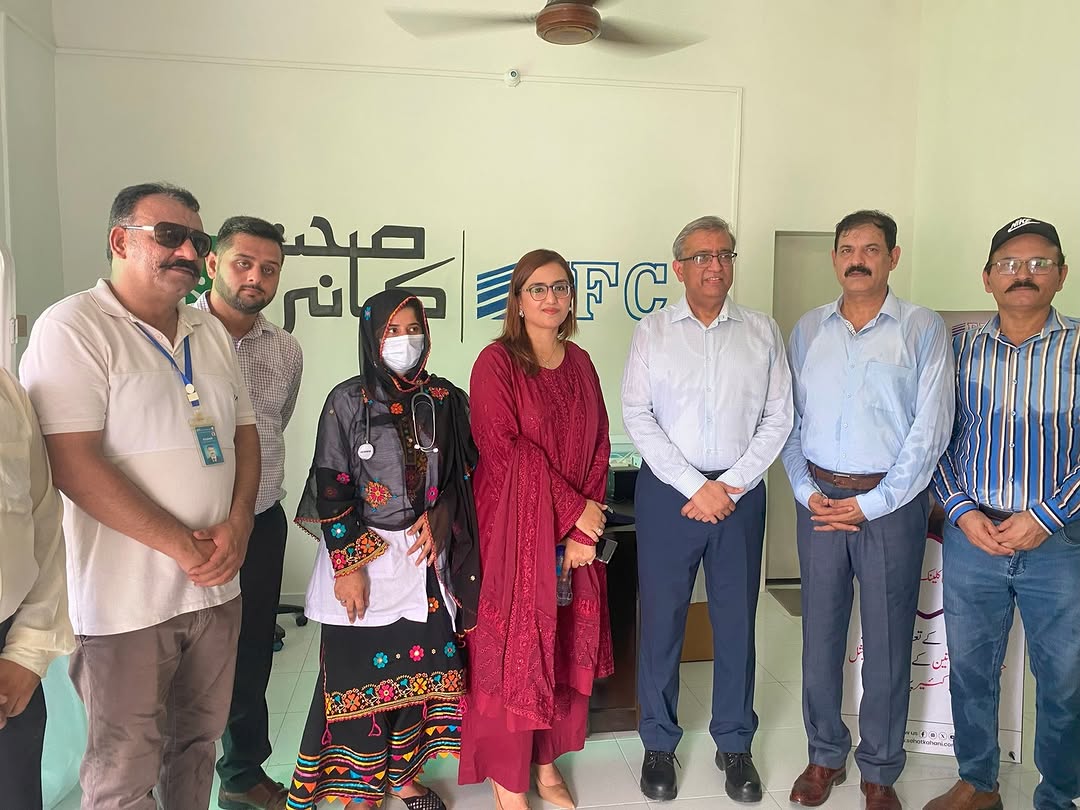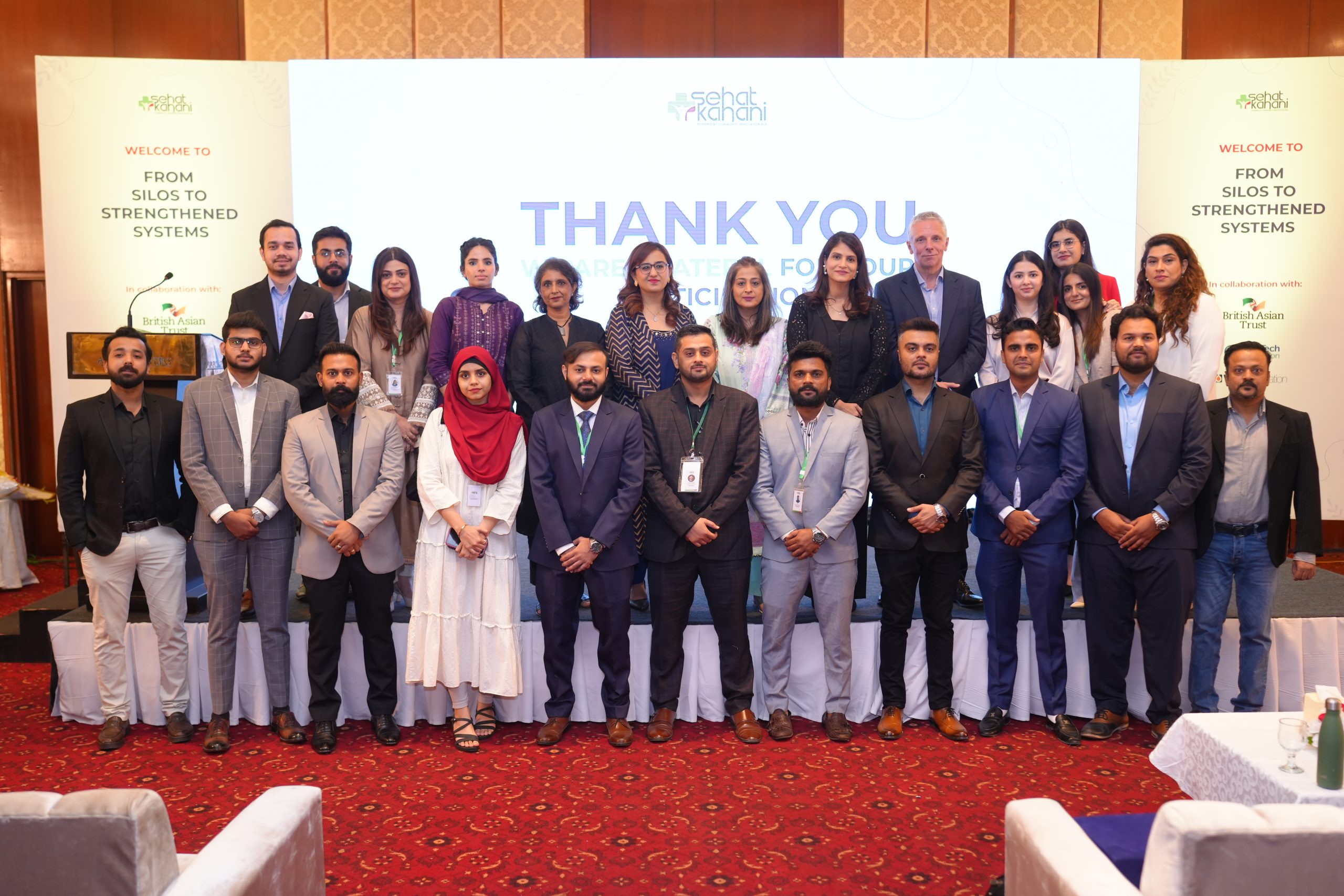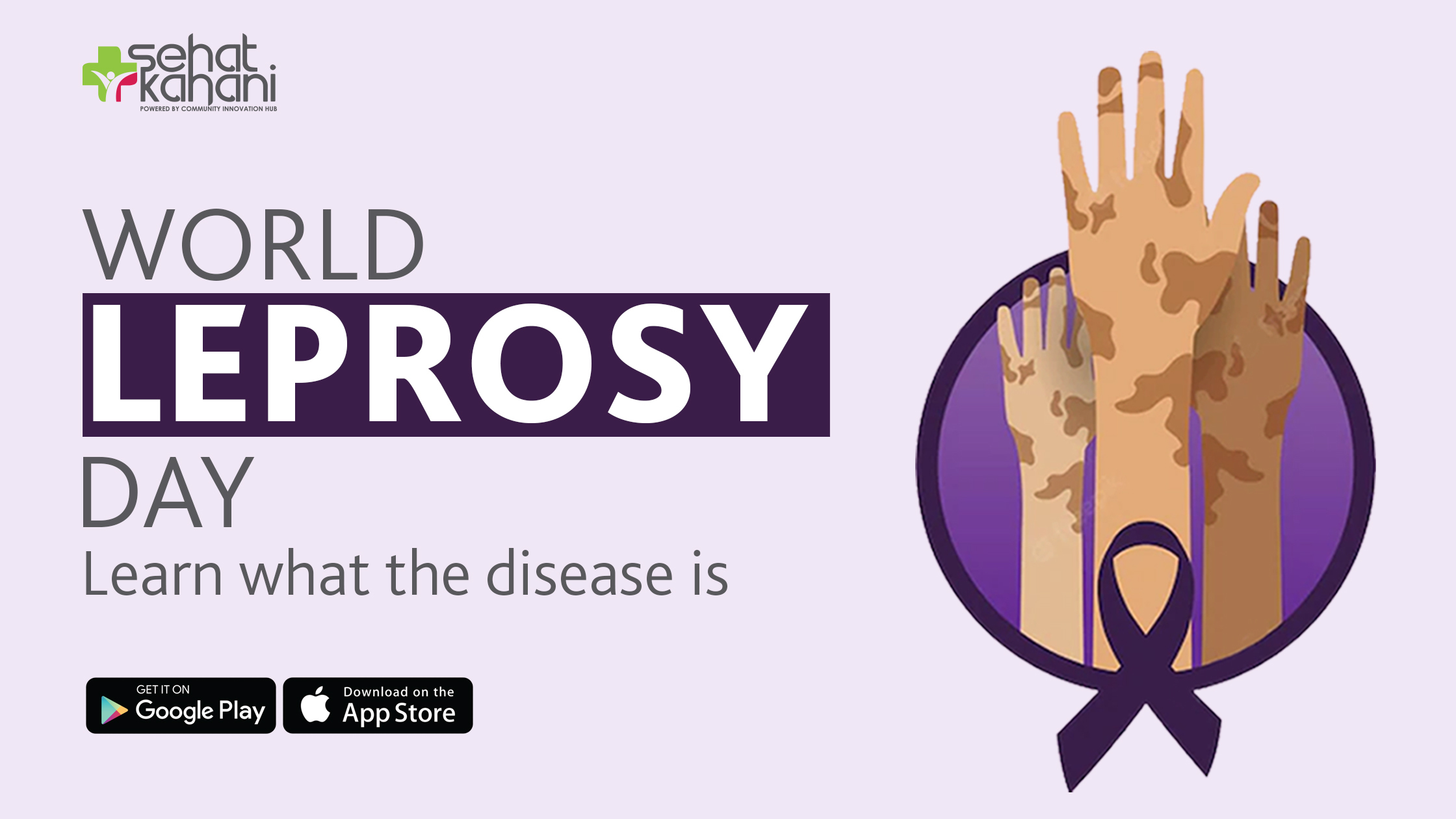
Introduction
Leprosy is an infectious disease which is also known as Hansen’s disease. It tends to affect many vital organs and systems of the body including the eyes, upper respiratory tract, skin, and peripheral nerves. The infection is caused by the bacteria called Mycobacterium leprae. The disease has been around us for ages and its evidence can be found in the literature of ancient civilizations. It is one of the oldest diseases known to humanity which yet exists in society. Fortunately, with the advancements in medicine and technology, the disease can now be treated using multidrug therapy. When diagnosed and treated in the early stages, disability can also be prevented.
There are a lot of stigmas attached to the disease and people had been ostracized individuals with leprosy throughout history. This is why it is important to aware people of the disease so that they can handle the disease and affected individuals better. The following blog will educate you about the disease in detail by explaining its symptoms and treatment along with the challenges faced by individuals who have it.
Trigger warning: The blog contains graphic images to explain the symptoms better. These images might trigger the audience.
What is the need for World Leprosy Day?
World Leprosy day is observed on the last Sunday of every January. According to WHO, the day is celebrated mainly to educate the masses around the globe about leprosy. The day also aims to end the disease-related stigma to make the world a better place for individuals with Leprosy.
The decided theme of this year’s World Leprosy Day by WHO is “Act Now. End Leprosy”. 2023’s World Leprosy Day will be observed on the 29th of January with three primary goals.
- To aware masses to prevent Leprosy transmission and to eliminate the disease.
- Designate commitment and resources to eliminate Leprosy.
- Help the sufferers as leprosy is now a treatable condition.
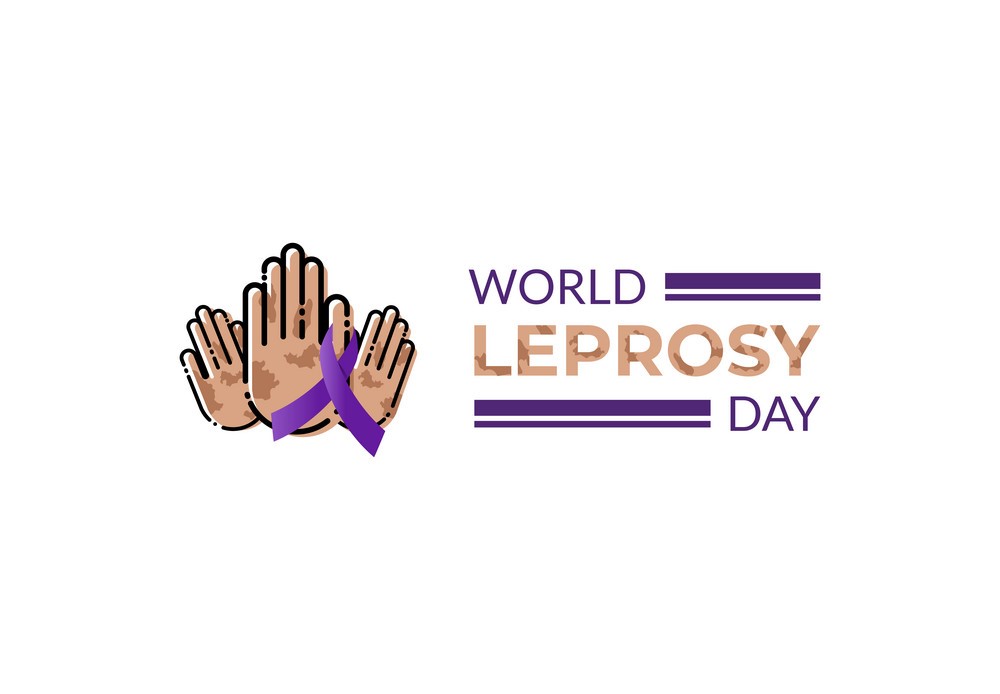
How common leprosy disease is worldwide?
The prevalence of leprosy worldwide is notable even though many people are unaware of the disease. A colossal total of new 127558 patients were reported in 2020 from just 139 countries around the globe. Statistics indicate that this disease is not only prevalent in adults but also in children below the age of 15 years. The disease is most prevalent in Brazil, India, Bangladesh, and Indonesia. India unfortunately tops the list having more than 50% of the diagnosed cases.
Fortunately, in Pakistan, the cases of Leprosy have decreased in the past 5 years and only 285 cases were reported in 2021.
What are the common symptoms of leprosy?
Leprosy affects various parts of the body including the skin, nerves, eyes, and respiratory membranes. The symptoms of Leprosy vary according to the part of the body the bacterial infection has affected.
Symptoms of leprosy when it damages the skin
If the bacteria infect the skin of the diseased individual, the following symptoms may occur;
- Large discolored lesion located on the chest
- Numb, flat, and faded discolored patches on the skin
- Nodules on the skin
- Lumps on the face
- Painless ulcers on soles
- Dry, stiff, and thick skin patches
- Painless swelling on the earlobes
- Loss of eyelashes and eyebrows
- Burning sensation on the skin
Symptoms of leprosy when it damages the nerves
When leprosy damages the nerves, the following symptoms can be observed;
- Paralysis
- Enlarged nerves of elbows and knees
- Muscle weakness in hands and feet
- Numbness in skin
- Painful and tender nerves
- Eye problems
- Possible blindness
- Dark reddish, numb skin patches on the chest
- Enlarged nerves underneath the skin
- Numbness, loss of sensation
Individuals with leprosy should take extra care of their bodies as they cannot tell when they are injured due to their loss of sensation. This can lead to the worsening of injuries and wounds.
Symptoms of leprosy when it damages the mucous membrane
The bacteria causing leprosy also affect mucous membranes especially respiratory membranes. The following symptoms can be observed;
- Frequent nose bleeding
- Stuffy nose
Symptoms of untreated, advanced leprosy
If left untreated, leprosy can worsen and the loss of sensation can develop into full paralysis. It may also cause blindness, loss of eyebrows, and chronic non-healing ulcers along with nose disfigurement.
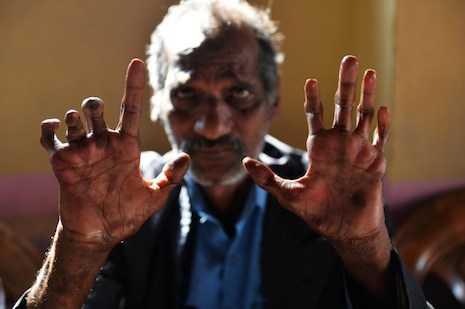
Can Leprosy be treated?
The success of the treatment of Leprosy mainly depends on timeliness and the completion of the treatment. Individuals with leprosy can lead an active life during and after the completion of the treatment. However, if they leave the treatment in between, the nerve damage can worsen and can result in numbness, paralysis, and even blindness.
The preferred method of treatment for leprosy is multidrug therapy. It is a combination of various antibiotics which are chosen according to the type of leprosy. Multidrug therapy aims to fight against antibiotic resistance to ensure the complete elimination of disease-causing bacteria. The total duration of the treatment ranges from one to two years.
There are many other complications involved with leprosy. Thus, individuals need to tell their symptoms in detail to their healthcare providers. Following are symptoms patients should pay extra attention to and must inform their doctors about.
- Numbness in various body parts especially at skin patches.
- Development of red and painful skin patches.
- Swollen and painful nerves
- Fever and inflammation
What are the challenges people with leprosy face?
Individuals having leprosy have been facing a lot of challenges for ages. Since the disease has symptoms like loss of eyebrows, body disfigurement, and lumps on the skin, it is believed that it is the outcome of a curse, possession, sorcery, or a sin. These ideologies have created a strong negative feeling towards people with leprosy. Unfortunately, the disease is contagious due to which people also isolate the sufferers and thus they stay deprived of any medical attention or care.
Takeaways
Leprosy is a bacterial infection that can affect various parts and systems of the body. Since the disease has many visible symptoms, especially on the skin and face, individuals suffering from this condition face a lot of discrimination and stigma. 29th January is designated as the World’s Leprosy day and on this day we all should take some time out to educate ourselves about the disease and make the world a better place for the individuals that are fighting leprosy. Remember, leprosy and the related stigma are both curable.

